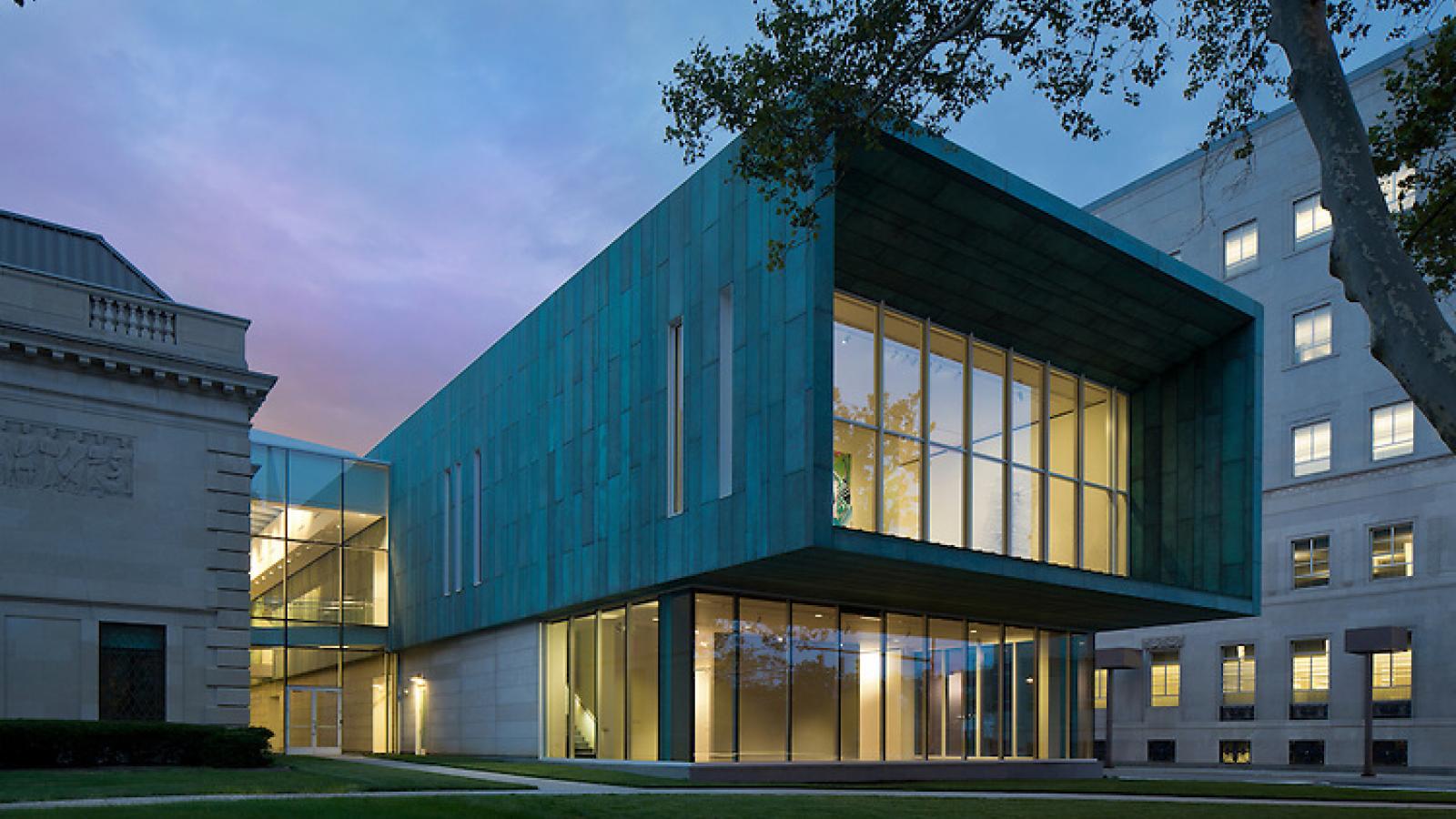There are numerous internship opportunities available for History of Art Undergraduates, both within Columbus and nationally. These may take place during the academic year or summer and may be taken for course credit or career development. In particular, many History of Art majors intern at the Columbus Museum of Art and the Wexner Center for the Arts. Internships in the field prepare students in numerous ways: they can help students to shape career goals, explore different professional environments, and prepare for a successful job search. In recent years our majors have interned at art museums, galleries, auction houses, cultural institutions, and foundations, learning skills such as curating, education, research, fundraising, grant writing, and publishing.
Students who have found an internship and want to receive course credit for it should contact a History of Art advisor at the start of the term in which they are completing the internship, so that they can be enrolled for hours in History of Art 4191.
INTERNSHIP COURSE FORM
Internship & Career Opportunities from Handshake
Alumni Internship Testimonials
NICHOLAS LUX
“During the summer before my senior year, I had the opportunity to intern at the Cleveland Museum of Art with the production and design department. My job was very hands on and multifaceted; I helped prepare cases and displays for the new Chinese and East Asian art wing of the museum, created signs and placards for art objects and museum events, worked with the conservation and restoration department making mounts and blocks for artifacts, and worked with the publications department for their monthly membership magazine. In addition to these duties, the entire group of interns across all departments met once a week for talks given by people from different sections of the museum. I enjoyed the talks and meetings the most, as they allowed for the interns to share and discuss the work they were doing in their respective departments, as well as teaching us all how the different departments interact with each other and the roles they play in keeping the museum operating smoothly. Though my job with the museum was different from my coursework in the sense that it didn’t involve deep research and study, it afforded me the opportunity to learn about the other side of art history, namely art preservation and the displaying of art for public use and enjoyment, as well as the opportunity to work closely with (and in some cases even handle) works that I had learned about in my studies. All in all, my time at the museum was an extremely educational and rewarding, as I got to go behind the scenes and learn about an institution that I have always loved and been fascinated by, and one that is a very important cultural icon for my home town.”
BRIANNA CHEEK
“In Autumn Semester, I had the pleasure of interning at Keny Galleries in German Village. I researched various museum purchases from 2000 to the present, and then compiled and organized this research into a notebook for presentation. I also got to attend opening nights and learn more about gallery purchases. In Spring Semester, I was an intern under the Education and Studio departments at the Columbus Museum of Art. I assisted and supervised studio workshops every Saturday; these workshops were meant for families and children from the community. Through these two internships, I got to learn about two very different types of art institutions, and the different professional roles within them.”
CHLOE DOUGHERTY
“The History of Art Department not only gave me a great education, its professors aided me with the skills and preparation to truly succeed on my endeavors to find the most educationally rewarding internships. During my time at Ohio State, I interned for both the Smithsonian Hirshhorn Museum and Sculpture Garden and for The Solomon R. Guggenheim Museum. While both experiences were very challenging, my education from the Art History program greatly informed them.
While working for the Smithsonian, I helped draft press releases, and helped field communications for shows featuring Barbara Kruger and Ai Weiwei. I also was able to get an interesting perspective about working in a government-run museum. At the Guggenheim, I drafted proposals for various projects, such as Gutai and Picasso: Black and White. I also was able to help with events and donor relation duties. The internship had seminars every Friday that gave us an exclusive look at museums and galleries around the greater New York City area. It was a fantastic internship program that not only gave me great work experience, but also allowed me to continue learning about the art world and other departments within a museum.
Often times, interns at larger art institutions are not necessarily art history majors. I discovered very quickly that having an art history degree put me at a great advantage when it came to drafting grant proposals, writing press releases, helping with events, and performing research. Throughout my undergraduate work I interned for various museum departments: curatorial, development (institutional and individual), and communications. Internships are a great way to get an overall feel for museum operations and to really pinpoint how you want to put your art history studies into practice after you graduate. There are more options than becoming a curator, and there are so many departments within museums that interact with art and other fields you might be interested in, such as fundraising, writing, public relations, or even marketing.”

